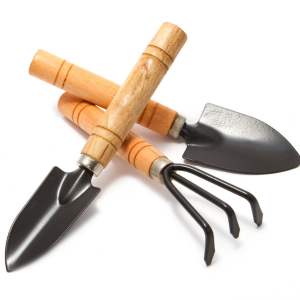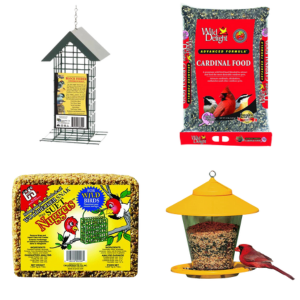Plant Finder
Snowcone® Japanese Snowbell*
Styrax japonicus 'JFS-D'
* This is a "special order" plant - contact store for details
Height: 25 feet
Spread: 20 feet
Sunlight:
![]()
![]()
Hardiness Zone: 5
Brand: J. Frank Schmidt & Son Co.
Description:
A very uniform and symmetrical small tree, featuring the most delicate white bell-shaped flowers which hang loosely from the upswept, spreading branches in early spring; needs moist, organic soil and some shelter, does well in part shade
Ornamental Features
Snowcone® Japanese Snowbell features dainty lightly-scented nodding white bell-shaped flowers hanging below the branches from mid to late spring, which emerge from distinctive creamy white flower buds. It has dark green deciduous foliage. The pointy leaves turn an outstanding yellow in the fall. The fruits are showy gray drupes displayed from late summer to late fall. The smooth khaki (brownish-green) bark adds an interesting dimension to the landscape.
Landscape Attributes
Snowcone® Japanese Snowbell is a multi-stemmed deciduous tree with a stunning habit of growth which features almost oriental horizontally-tiered branches. Its relatively fine texture sets it apart from other landscape plants with less refined foliage.
This tree will require occasional maintenance and upkeep, and should only be pruned after flowering to avoid removing any of the current season's flowers. Gardeners should be aware of the following characteristic(s) that may warrant special consideration;
- Invasive
Snowcone® Japanese Snowbell is recommended for the following landscape applications;
- Accent
Planting & Growing
Snowcone® Japanese Snowbell will grow to be about 25 feet tall at maturity, with a spread of 20 feet. It has a low canopy with a typical clearance of 2 feet from the ground, and is suitable for planting under power lines. It grows at a medium rate, and under ideal conditions can be expected to live for 40 years or more.
This tree does best in full sun to partial shade. It requires an evenly moist well-drained soil for optimal growth. It is very fussy about its soil conditions and must have rich, acidic soils to ensure success, and is subject to chlorosis (yellowing) of the foliage in alkaline soils. It is somewhat tolerant of urban pollution, and will benefit from being planted in a relatively sheltered location. Consider applying a thick mulch around the root zone in winter to protect it in exposed locations or colder microclimates. This is a selected variety of a species not originally from North America.
* This is a "special order" plant - contact store for details














